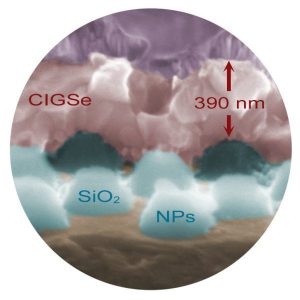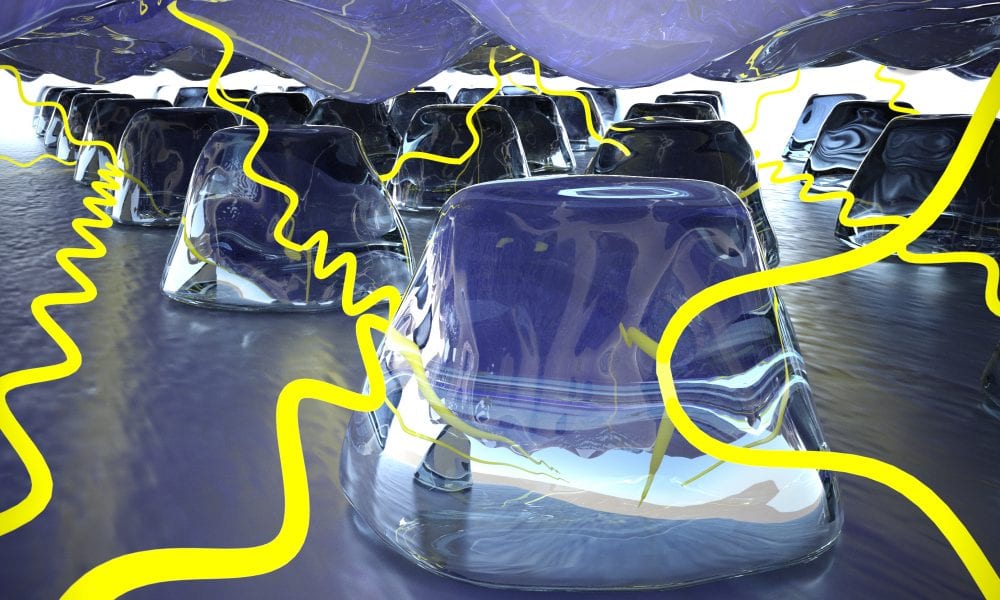Photovoltaics that directly convert sunlight to electricity offer a path to a sustainable energy future. While the market is currently dominated by silicon-based cells, the desire for improved performance – defined by reduced energy payback time, high performance over a wide range of illumination intensities, reduced sensitivity to shading, reduced materials consumption, lightness and flexibility – has driven the search for efficient thin-film photovoltaic materials.
 Cells based on a thin CIGSe absorber layer (CuIn1-xGaxSe2) have emerged as a competitive technology based on these metrics, with record cells reaching efficiencies on par with high-quality Si cells. However, present designs rely on a still-too-thick CIGSe layer (2–3 µm), which has hindered widespread market adoption due to concerns over both indium scarcity and the relatively long growth times required to deposit the absorber. Shrinking the film thickness addresses both of these concerns although, due to the associated optical losses resulting from reflection and parasitic absorption, the cell efficiency is substantially reduced.
Cells based on a thin CIGSe absorber layer (CuIn1-xGaxSe2) have emerged as a competitive technology based on these metrics, with record cells reaching efficiencies on par with high-quality Si cells. However, present designs rely on a still-too-thick CIGSe layer (2–3 µm), which has hindered widespread market adoption due to concerns over both indium scarcity and the relatively long growth times required to deposit the absorber. Shrinking the film thickness addresses both of these concerns although, due to the associated optical losses resulting from reflection and parasitic absorption, the cell efficiency is substantially reduced.
Recently, Guanchao Yin, Mark W. Knight, and co-workers have demonstrated a nanophotonic solution to this trade-off in Advanced Optical Materials: nanostructured rear contacts that form an “optoelectronic mirror” for either bifacial or monofacial CIGSe cells. Their design, consisting of a silica nanoparticle array on indium tin oxide (ITO), guides solar photons into the CIGSe layer where they can then be converted into useful electricity. When combined with a back reflector, the short circuit current (Jsc) of the new ultrathin cell design reached 34.0 mA cm–2, which is, to date, the highest achieved value for any ultrathin CIGSe cell and reaches 93% of the Jsc for the thick, world-record CIGSe cell. In parallel with the optical enhancement, the nanostructuring causes the electrical performance to improve, giving rise to a relative efficiency enhancement of 47% compared to unpatterned cells of equal thickness. This result shows that dielectric nanoparticles can enhance CIGSe cells both optically and electrically, providing a path toward ultrathin CIGSe solar cells with high efficiencies and relevance to the global energy challenge.
The article is highlighted on the front cover of the current Advanced Optical Materials issue.

















